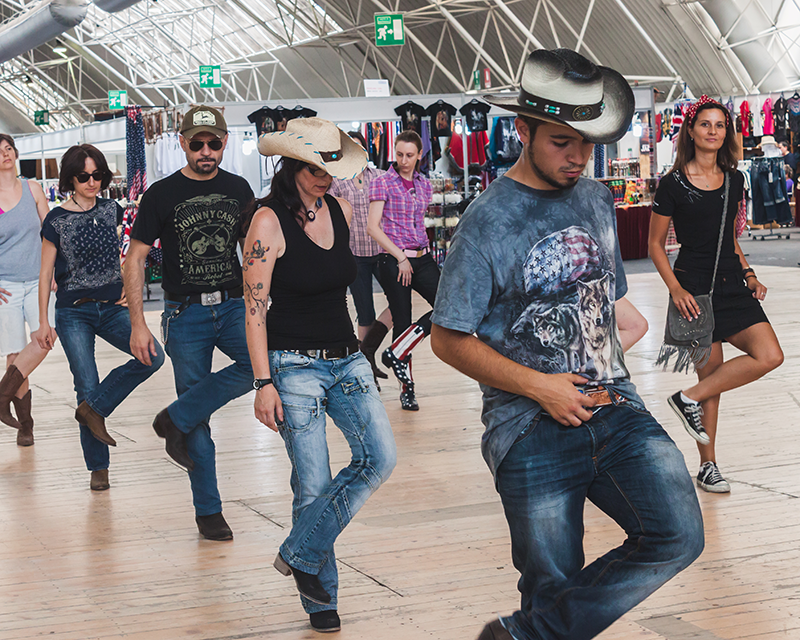COUNTRY WESTERN
Country and Western Dancing: Where Tradition Meets Fun
An American Tradition
Country and Western dancing traces its origins back to the early days of the United States, with influences from various cultures and dance styles. European settlers brought dances like the waltz, polka, and square dance, while African American communities contributed elements of rhythm and syncopation. The fusion of these influences gave rise to the distinctive forms of country and western dancing we know today.
Key Styles of Country and Western Dancing
Line Dancing: Line dancing is one of the most popular and accessible forms of country dancing. Dancers line up in rows and perform a sequence of steps in unison, often to country music hits. Iconic line dances like the “Electric Slide” and “Achy Breaky Heart” have become cultural phenomena.
Two-Step: The two-step is a classic partner dance that involves a simple pattern of quick-quick-slow-slow steps. It’s a staple at country music venues and showcases the charm of dancing as a couple.
Square Dancing: Square dancing is a traditional American folk dance performed in groups of four couples arranged in a square formation. A caller gives instructions, and participants perform a series of choreographed steps and formations.
Waltz: The waltz, a romantic and graceful dance style, also has its place in country and western dancing. Couples glide across the dance floor to the waltz’s lilting rhythm.
The Social Aspect of Country Dancing
One of the most cherished aspects of country and western dancing is its strong sense of community. People gather at dance halls, clubs, and social events to share their love for dancing and country music. The dance floor is a place where strangers become friends, and dancers of all skill levels can participate. This welcoming atmosphere fosters a sense of belonging and camaraderie.
